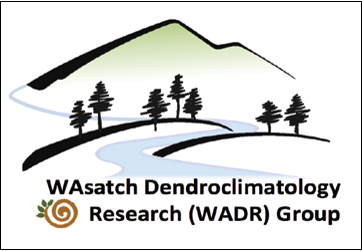Document Type
Contribution to Book
Journal/Book Title/Conference
Tree Rings and Natural Hazards
Volume
Advances in Global Change Research, 41
Editor
M. Stoffel et al.
Publisher
Springer Science+Business Media B.V
Publication Date
2010
First Page
391
Last Page
397
Abstract
The lithosphere, earth’s rigid outer shell comprising crust and upper mantle rock, is broken into about 14 tectonic plates (Christopherson 2009) that move a few centimeters per year over superheated, pliable rock underneath. Forces within earth’s interior push, pull and twist the plates in different directions, producing three types of plate boundaries: convergent (colliding with one another), divergent (moving away from one another) and transform (sliding past one another). Earthquakes occur when plates become locked together, building strain between and within them that is suddenly released, sending a burst of seismic waves that cause shaking and displacement of the surface. Nearly 95% of earthquakes are due to movement along plate boundaries, particularly convergent boundaries surrounding the Pacific Ocean and a mix of transform and convergent boundaries extending southeast from the Mediterranean region of Europe to Indonesia (Wicander and Monroe 2009) (Fig. 1). However, faults can also develop within plates, and intraplate earthquakes strong enough to affect humans and to be recorded in tree rings have occurred (e.g. Sheppard and White 1995; VanArsdale et al. 1998; Carrara 2002; Bekker 2004).
Recommended Citation
Bekker, Matthew F., "Tree Rings and Earthquakes" (2010). Wasatch Dendroclimatology Research. Paper 13.
https://digitalcommons.usu.edu/wadr/13


